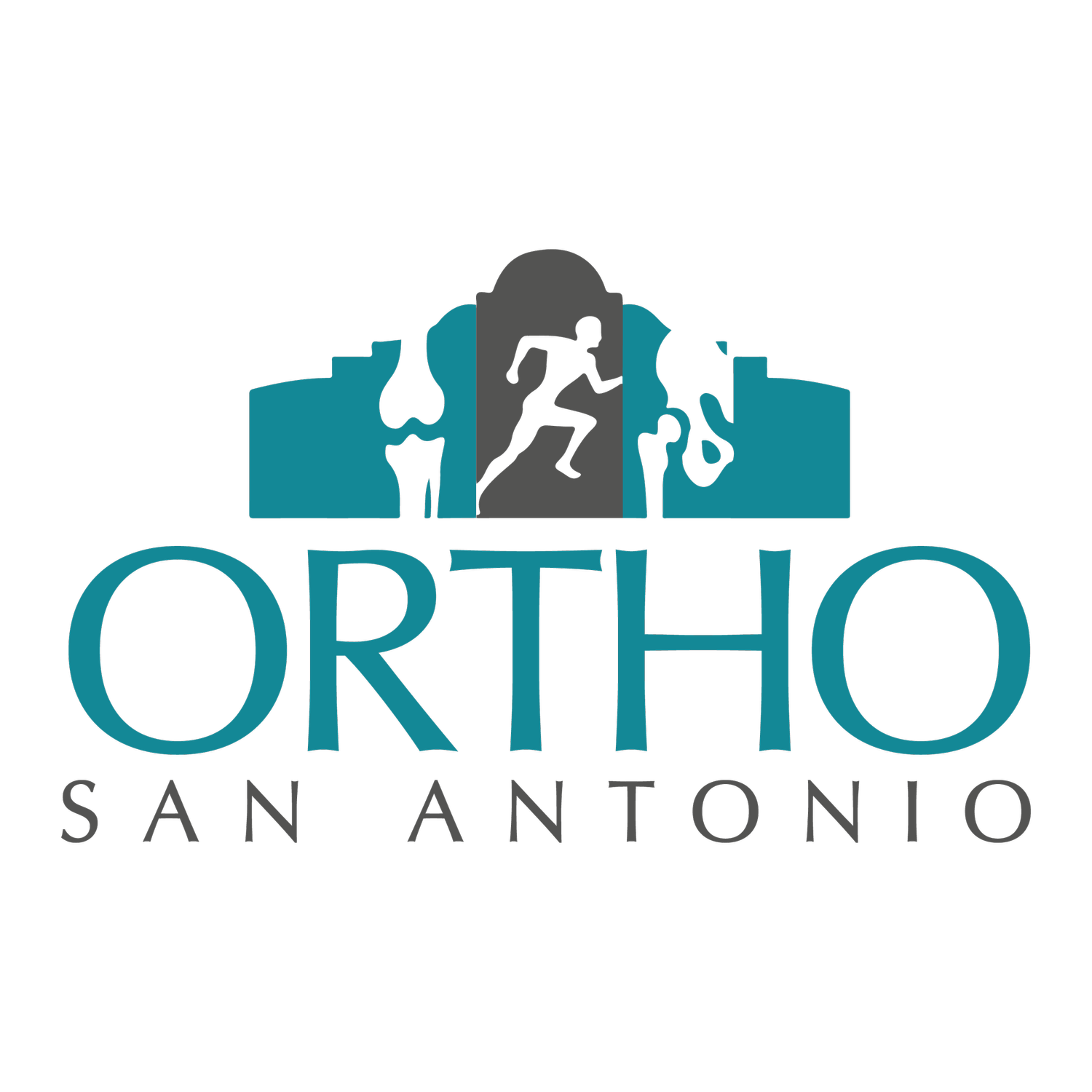What is a Herniated Disk?
Anatomy of the spinal column
The spine, also known as the vertebral column or backbone, is a crucial part of the human skeletal system. The spine is composed of 33 vertebrae, which are grouped into five regions:
The Cervical Spine (Neck) is made up of seven vertebrae (C1-C7) that support the head and enable the neck to move.
The Thoracic Spine (Upper Back) is formed by the next 12 vertebrae (T1-T12), which are anchored by the rib cage. This region provides stability and protects vital organs.
The Lumbar Spine (Lower Back) is composed of five vertebrae (L1-L5) that support the lower back and allow it to bend and twist with ease.
The Sacrum consists of five vertebrae fused together below the lumbar spine. It connects the spine to the pelvis.
The Coccyx (Tailbone), consisting of four fused vertebrae, provides ligaments and muscles with attachment points.
What is a Herniated Disk?
Herniated Disks occur when the annulus fibrosus (outer portion) of the vertebral disk tears, enabling the nucleus (inner portion) to herniate.
An early stage of degeneration is usually present in disks that become herniated. Due to the limited space in the spinal canal, the displaced herniated disk fragment cannot reach the spinal nerve. As a result of this displacement, the disk presses on spinal nerves, often causing severe pain.
Any part of the spine can be affected by herniated disks. There is a greater risk of herniated disks in the lower back (lumbar spine), but they can also occur in the neck (cervical spine). Depending on which part of the spine is affected, pain may be felt in different areas.
“…The disk is the shock absorber between the bones. With time this disk wears out with trauma, this disk can wear out playing sports, this disk can herniate. Nerve comes between these two bones.” — Dr. Richardson
Symptoms of A Herniated Disk
Herniated disks, also called slipped disks or ruptured disks, can cause various symptoms based on their location and affected nerves. Common symptoms include:
Sciatica: When a herniated disk compresses the sciatic nerve, pain radiates down the buttocks and legs, causing sciatica.
Muscle Weakness: Weakness in the muscles served by the affected nerves can occur. There may be specific muscles affected by this weakness, as well as coordination issues.
Numbness or Tingling: A numb or tingling sensation in the affected area can be caused by irritation or compression of nerves. The legs may be numb or tingly due to a herniated disk in the lower back, for example.
Increased Pain with Certain Movements: Certain movements, such as bending, lifting, or twisting, can exacerbate pain.
Muscle Spasms: When the nerves in the affected area are irritated by a herniated disk, muscle spasms may occur.
It's crucial to recognize that symptoms can vary from person to person, and not everyone with a herniated disk will experience the same set of symptoms. Consult with a healthcare professional if you suspect a herniated disk or experience persistent pain, numbness, or weakness.
treatment options for a herniated disk
Herniated disks can be treated in a variety of ways, tailored to your specific needs. The treatment approach varies depending on your condition, from conservative measures for mild symptoms to advanced interventions for severe symptoms.
A variety of measures may be recommended to manage inflammation and pain, including rest and pain medications. Resting well allows the body to heal, and avoiding activities that worsen symptoms is often recommended. Over-the-counter or prescription medications, such as nonsteroidal anti-inflammatory drugs (NSAIDs) or muscle relaxants, can alleviate pain as well.
Surgery or an operation may be considered when conservative measures fail to relieve pain or if the nerves are compressed significantly. In order to decompress the nerve root, a discectomy or microdiscectomy can be performed on the herniated disk.
In order to determine the most appropriate treatment plan, you should consult with a healthcare professional. Treatment will be determined by the severity of symptoms, the location of the herniated disk, and overall health factors.
MEET OUR spine SPECIALIST HERE IN SAN ANTONIO, Dr. Richardson!
Dr. Richardson, treats a variety of different spine conditions, as well as pain in the legs that can radiate from the back. Whether you or a loved one suffer from neck pain or back pain, he will find the best treatment for you. If you’re suffering from a spine injury, don’t hesitate - schedule an appointment with him today!



